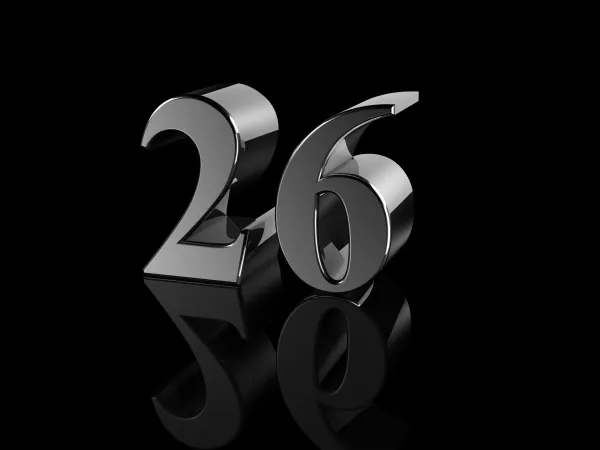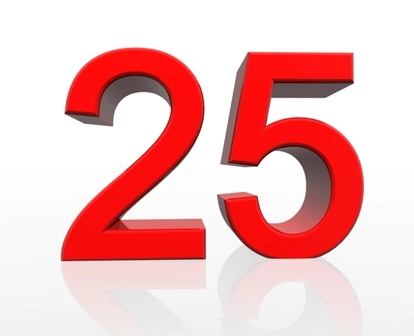3 Quick Tips Keep Your Modifier 26 Claims Above Board

Hint: Don’t use this modifier in your office.
Many coders know that modifiers 26 (Professional component…) and TC (Technical component) often go hand-in-hand—but that can be where their modifier 26 knowledge ends. Because some federal entities such as the Veteran’s Administration have released fraud alerts about modifier 26, now’s a good time to ensure that you’re reporting this modifier properly.
1. Modifier 26 Refers to the Doctor’s Interpretation
Certain procedures within CPT® include both a professional and a technical component, and in certain cases, the technician who performs the test will report the appropriate CPT® code with modifier TC appended, and the physician or other healthcare practitioner who interprets the results will report the same CPT® code with modifier 26 appended.
For example: Your physician orders a visual field examination and a technician at an outside facility performs the test. The tech then sends the results back to your doctor, who subsequently interprets the test and reports the results back to the patient. The tech will report only the technical component of the visual field test, such as 92081 (Visual field examination, unilateral or bilateral, with interpretation and report; limited examination ...), and your doctor will report 92081-26 for the service.
The modifiers show the payer that neither the doctor nor the tech performed the global service, and neither party deserves the global fee associated with 92081 ($34.00). Instead, the tech and the doctor will each collect about $16.00 for their contribution to the service, based on the figures in the 2016 Medicare Physician Fee Schedule (MPFS).
2. Consult the Fee Schedule for Applicable Codes
The key to determining whether modifier 26 applies to a particular service code lies in the MPFS, which includes numbered indicators in the “PCTC” column. These indicators are essential to knowing when modifier 26 applies and when it doesn’t.
Here’s how: When you open the 2016 MPFS, locate the code that you’re hoping to report. Then find the number in the PCTC column for that code—definitions for those numbered indicators are below:
You also cannot append modifier 26 or TC to codes with the less common indicators of 4 (Global test only), 5 (Incident to), 7 (Physician therapy service) or 9 (Concept of PC/TC does not apply).
3. Don’t Append Modifier 26 in Your Office
CMS only allows you to report modifier 26 for tests performed in locations with place of service (POS) codes 21 (Inpatient hospital), 22 (On campus outpatient hospital) and 23 (Emergency room - hospital). Because the office is POS 11, the concept of modifier 26 is not applicable to procedures that are performed in the office setting. Therefore, if the procedure or test is performed in your office or in a facility owned by your doctor, then you shouldn’t use modifier 26.
The other location—where the test was performed—will bill the service with modifier TC appended, and you’ll bill it with modifier 26 for the physician’s work reading and interpreting the results.




